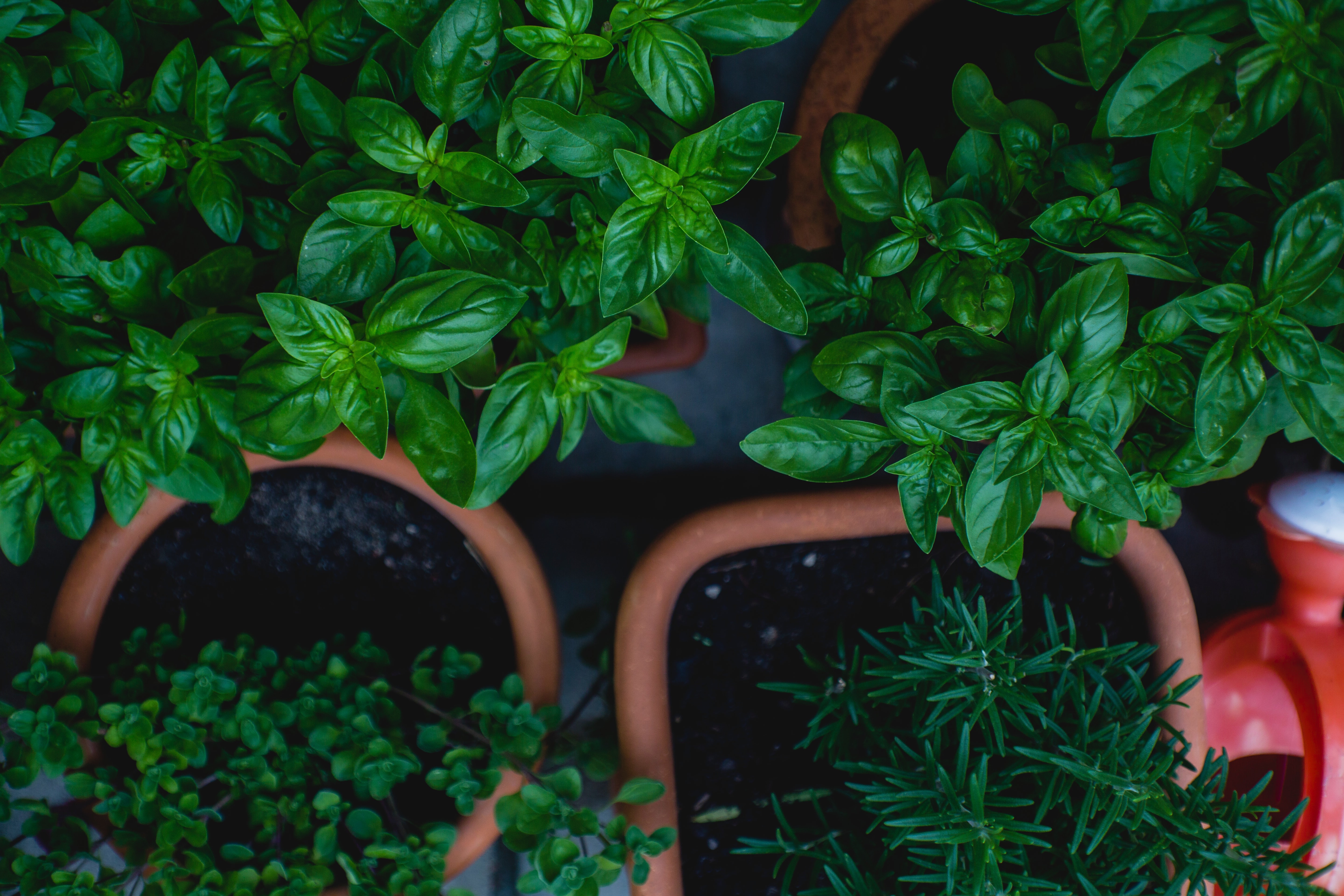Growing Herbs
Edible herbs are an essential ingredient in cooking and have been used for centuries to enhance the flavor and aroma of dishes. Herbs like basil, parsley, thyme, and oregano, add a burst of flavor to our meals, making them not only taste delicious but also provide various health benefits. Most herbs are easy to grow and maintain, making them a great addition to any home garden.
Tips for Growing Flavorful Edible Herbs at Home
Growing your herbs can be a rewarding experience, as it allows you to have a fresh supply of flavorful herbs on hand all year round. Here are some tips on how to grow your edible herbs:
Choose the right location: Most herbs require at least six hours of direct sunlight daily. Hence, choose a location that receives ample sunlight. If you live in an area with harsh sunlight, choose a spot with some shade. If you're planning on growing your herbs indoors, make sure you check if they are suitable for indoors cultivation.
Choose the right herbs: Choose herbs that are easy to grow, and that you enjoy using in your cooking. Some of the popular herbs include basil, parsley, chives, mint, thyme, and rosemary.
Water regularly: Herbs need regular watering, especially during hot and dry weather. Follow the tasks in Planta.
Fertilize: Herbs require nutrients to grow, so fertilize them according to the schedule in Planta. You can also add compost to the soil to provide additional nutrients.
Prune regularly: Prune your herbs regularly to promote growth and to keep it in shape. If you don't have time to eat the right away after it's gotten trimmed, you can preserve the harvest instead.
Harvest at the right time: Harvest your herbs when they are young and tender. Most herbs taste best when harvested just before they flower. When harvesting, cut the stems just above a a node with leaves to promote branching and getting a bushier plant.

Benefits and Flavors of Popular Edible Herbs
Now that you have some tips on how to grow your herbs, let's take a look at some of the most popular edible herbs and their benefits.
Basil: Basil is a fragrant herb that is commonly used in Italian and Mediterranean cuisine. It contains lots of antioxidants.
Parsley: Parsley is a versatile herb that can be used in soups, stews, salads, and sauces. It is an excellent source of vitamins A, C, and K.
Chives: Chives are a mild-flavored herb that adds a subtle onion flavor to dishes. They are rich in antioxidants and have anti-inflammatory properties.
Mint: Mint is a refreshing herb that is commonly used in teas, salads, desserts, and cocktails. It has anti-inflammatory properties and can help to relieve nausea and indigestion.
Thyme: Thyme is a herb with a strong flavor that is commonly used in stews, soups, and other main courses. It contains antioxidants that help to boost the immune system.
Rosemary: Rosemary is a fragrant herb that is commonly used in Mediterranean cuisine. It contains antioxidants that help to reduce inflammation and improve digestion.
Dill: Dill is an annual herb which is commonly used in pickling and seafood dishes, and it has a slightly sweet and tangy flavor. Dill is also a good source of vitamin C, potassium, and calcium.
Cilantro: Cilantro is a leafy herb with a distinct citrusy flavor that is commonly used in Mexican and Asian cuisine. The leaves are often used fresh as a garnish or in salsas and guacamole. Cilantro is a good source of vitamin C, calcium, and iron.
Lemon Balm: Lemon Balm is a perennial herb with a citrusy aroma and flavor. It is often used in teas and as a seasoning for fish and poultry dishes. Lemon Balm is also known for its calming properties and is used in aromatherapy to reduce stress and anxiety.
Tarragon: Tarragon is a perennial herb with a sweet and licorice-like flavor. It is often used in French cuisine and is a key ingredient in Béarnaise sauce. Tarragon is a good source of vitamins A and C, calcium, and iron.
Sage: Sage is a herb with a slightly bitter and earthy flavor that is commonly used in stuffing and other savory dishes. It has been used for centuries for its medicinal properties.
In conclusion, growing edible herbs is an easy and rewarding activity that can provide you with fresh herbs for cooking and numerous health benefits. Follow these tips to grow your herbs and experiment with different varieties to discover new flavors and aromas. With a little care and attention, you can enjoy a thriving herb garden and enhance your culinary skills.